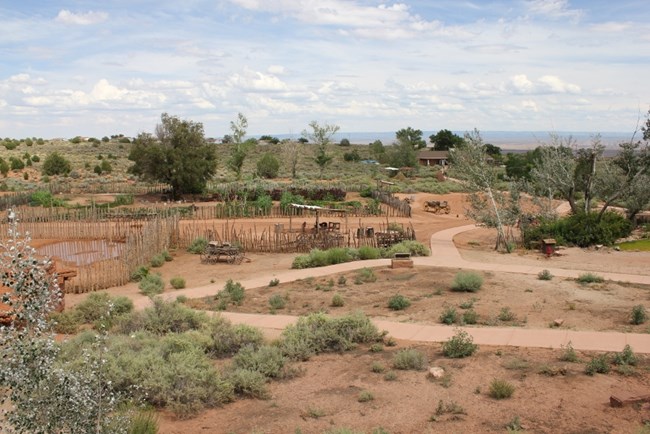
NPS Photo
Overview
Pipe Spring National Monument sits at about 5000 feet in elevation. High-desert grasses once covered the range around the monument as far as the eye could see. Then in the 1860s thousands of sheep and cattle were put on the range to take advantage of this sea of grass. Scarce rain and snow, combined with overgrazing, changed the landscape.The Pipe Spring National Monument Vegetation Inventory Project delivers many geospatial and vegetation data products, including an in-depth project report discussing methods and results, which include descriptions to vegetation associations, field keys to vegetation associations, map classification, and map-class descriptions. The suite of products also includes a database of vegetation plots, and accuracy assessment (AA) sites; digital images of field sites; digital aerial imagery; digital maps; a contingency table listing AA results; and a geodatabase of vegetation, field sites (vegetation plots, and AA sites), aerial imagery, project boundary, and metadata.
Products
The products of vegetation mapping projects are stored and managed in the National Park Service's Data Store, a repository for documents and publications relating to park resources. From the highlighted items below, click on the type of information you are looking for.
Last updated: October 19, 2018
